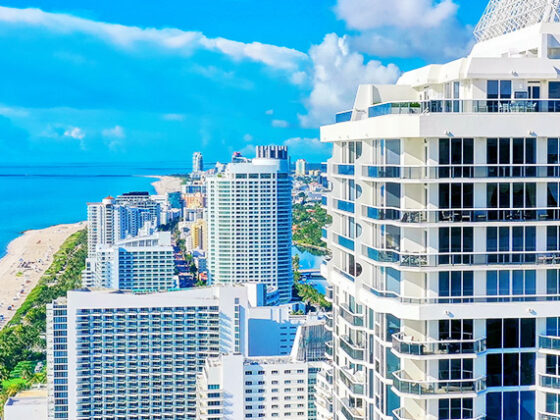“Location, location, location” may be a cliché, but “what is the ideal location for my brand?” is the burning question behind every retail strategy. The “right” location is not always where you think it is. Opening a retail location in the right spot can increase foot traffic, boost sales, and give the brand the exposure it needs. Conversely, a poor location can slow sales and even result in bankruptcy.
Where is retail happening right now and why? What markets are thriving? In this emerging market report, we’ll look at how some retailers are making a big splash outside the typical retail hot spots and why it might be beneficial to consider opening a retail location in these areas.
“Consumers want and crave variety, diversity, and choice. You can maintain a national footprint and effectively leverage regional and localized design. Bringing these strategies to scale can be a differentiator for retailers who want to thrive, not just survive,” says Carrie Barclay, president and CEO of ASG.

Data, Data, and More Data
Data analytics is crucial to understanding retail location strategy. The most critical factor in choosing a retail location is understanding your target consumer. Insight into consumer behavior is essential. And that’s the rub, because consumers have dramatically changed their behavior post-pandemic. Anything retailers knew about their shopper from before the pandemic no longer is relevant.
Finding the right location in this shifting landscape requires access and understanding, says Doug Tilson, head of tenant representation for ASG. “It’s critical to understand how markets develop and how they’re changing. That can only happen when you have access to up-to-date, comprehensive data,” he says. “Using accurate data to drive decision-making and working with a trusted tenant rep partner can help you determine what’s possible in a retail real estate landscape that is constantly evolving.”
The Big Location Shift
Consumers are shopping closer to home, and they are seeking unique and memorable experiences when shopping in person. These factors are shifting location strategies for retailers, leading to store openings outside of the typical launch areas.
“While virtual and digital experiences still matter, the in-store experience is returning to prominence, and 94% of retailers are focused on enhancing it for their business overall.” –SquareUp
New location opportunities can lead to different format opportunities. Because consumers are sticking closer to home to shop, retailers—both big brands and a resurgence of mom-and-pop retailers—are opening smaller stores that allow them to fit more locations into neighborhoods and suburbs. Some retailers are even opening strategic locations on college campuses.
“Consumers want and crave variety, diversity, and choice. You can maintain a national footprint and effectively leverage regional and localized design. Bringing these strategies to scale can be a differentiator for retailers who want to thrive, not just survive,” says Carrie Barclay, president and CEO of ASG.
Meeting customers where they are and where they want to be is part of a smart retail strategy. And that means an opportunity for retailers—both big brands and mom-and-pop retailers—who can’t afford big-city lease prices and large-format shopping environments.
“Retailers can tailor these small-format stores to target a specific demographic, create a personalized shopping experience, or experiment with a new brand direction. Small-format stores can also serve as fulfillment centers for click-and-pay shopping and as a location for returns, all while fostering brand awareness and customer engagement. And thanks to their smaller size, these stores can help companies expand their reach in urban centers and other highly-priced real estate markets while lowering overhead costs.” – Placer.ai
Using data to determine where and how retailers can best position themselves to attract consumers is essential to future success in today’s retail industry.
“Right-sizing helps in the long run: less labor, less inventory (“showroom” stores), less build-out costs, less energy spend, better online fulfillment and return options, as well as the big one since 2020—better accessibility.” – RetailWire
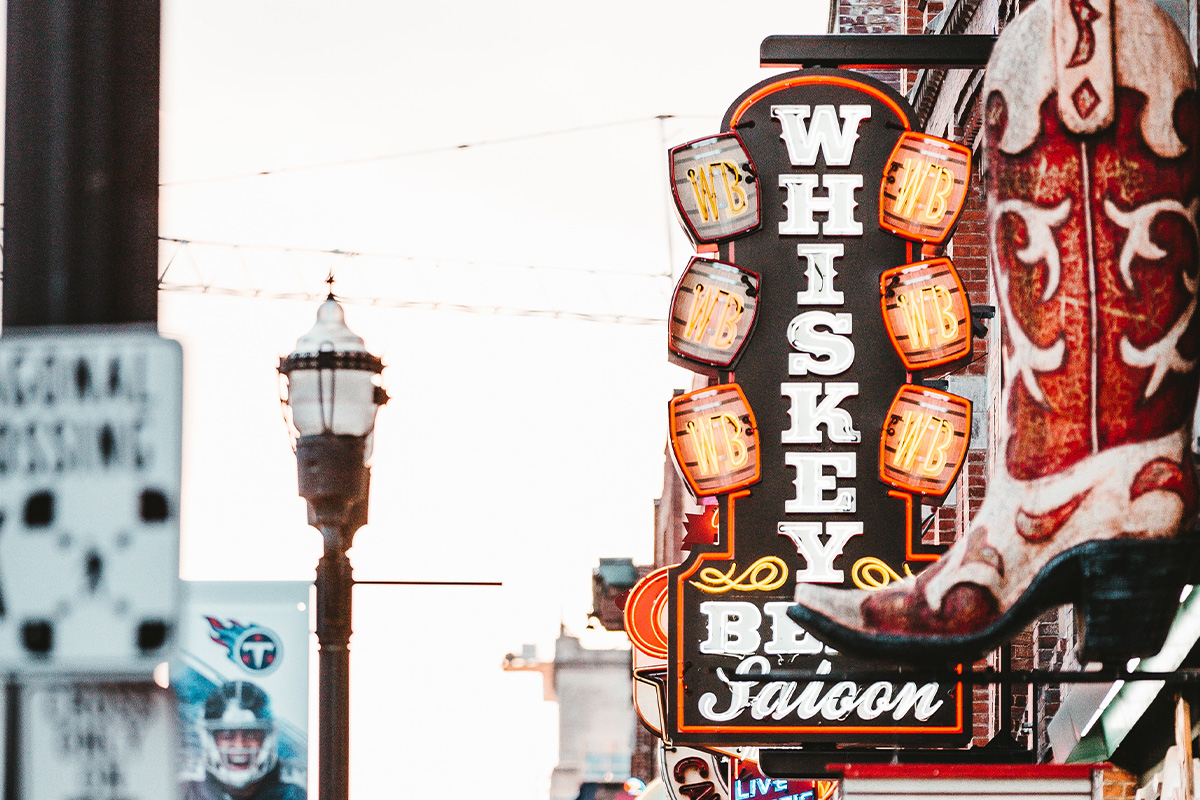
“For the first time in a long time, retail growth is outside of the top 20 cities. You’re looking at tier two or tier three cities, which suggests that the redistribution post-Covid is shifting. We know that it will shift again as people move past the Covid experience.”
-Carrie Barclay, CEO ASG
Emerging Markets
According to PWC, almost all of this year’s survey of top-ranked real estate markets are in faster-growing southern and western regions and away from the coasts.
• Nashville was once again the top-rated metro area
• The Dallas/Fort Worth area jumped five spots from a year ago to become the number two-ranked market
• The Atlanta metro area scored higher in this year’s survey, jumping to the number three-ranked spot from number eight last year
In addition to Nashville, Dallas-Fort Worth, and Atlanta, ASG is seeing opportunity in Seattle,
Austin, Charlotte, and Louisville.
3 Reasons to Consider Retail Development in Nashville
1. Nashville has been focused on economic development coming out of the pandemic and offers a variety of opportunities in mixed-use spaces that are reasonably priced compared to larger cities.
2. Nashville is an international tourist destination, bringing in people from around the world every year.
3. The city is investing in infrastructure, including public transportation, to support the growth.
For more, see these seven reasons why retailers should consider Nashville.

Nashville shops offer something for everyone: records by local musicians, rare musical instruments, vintage items, artisanal sweets and drinks, and items crafted by local makers and fashion designers. Music City is home to several shopping districts including 12South, East Nashville, Hillsboro Village, Green Hills, and Downtown.
The Nashville region is defined by a diverse economy, a low cost of living and doing business, a creative culture, and a well-educated population. Nashville’s growth is spurring a wide variety of new businesses, making it attractive for retailers. Nashville is a strategic location for retailers, but as more brands discover the opportunity, prices will rise. Retailers whose consumers will respond to a Nashville location should be planning now.
3 Reasons to Consider Retail Development in Dallas-Fort Worth
1. Dallas/Fort Worth is experiencing significant population, attracting people to the area with promising job opportunities and affordable housing in comparison to other areas of the country.
2. DFW and Texas in general have business-friendly tax policies, including dedicated support for small business owners, incentives to locate or launch businesses in the area, and has a 0% local tax rate as well as low property tax rates.
3. The region has made substantial investments in infrastructure development, including transportation, commercial real estate, and retail spaces.
According to the Q1 2023 Dallas-Fort Worth Retail Report, the Dallas-Fort Worth retail market continues to exhibit robust growth “characterized by robust leasing activity, sustained tenant demand, and redevelopment initiatives.” These conditions make the DFW area favorable for retail growth. Areas to watch in Dallas-Fort Worth include Lakeside and development near the Deep Ellum Rail Station at Swiss Avenue and Good-Latimer Expressway.
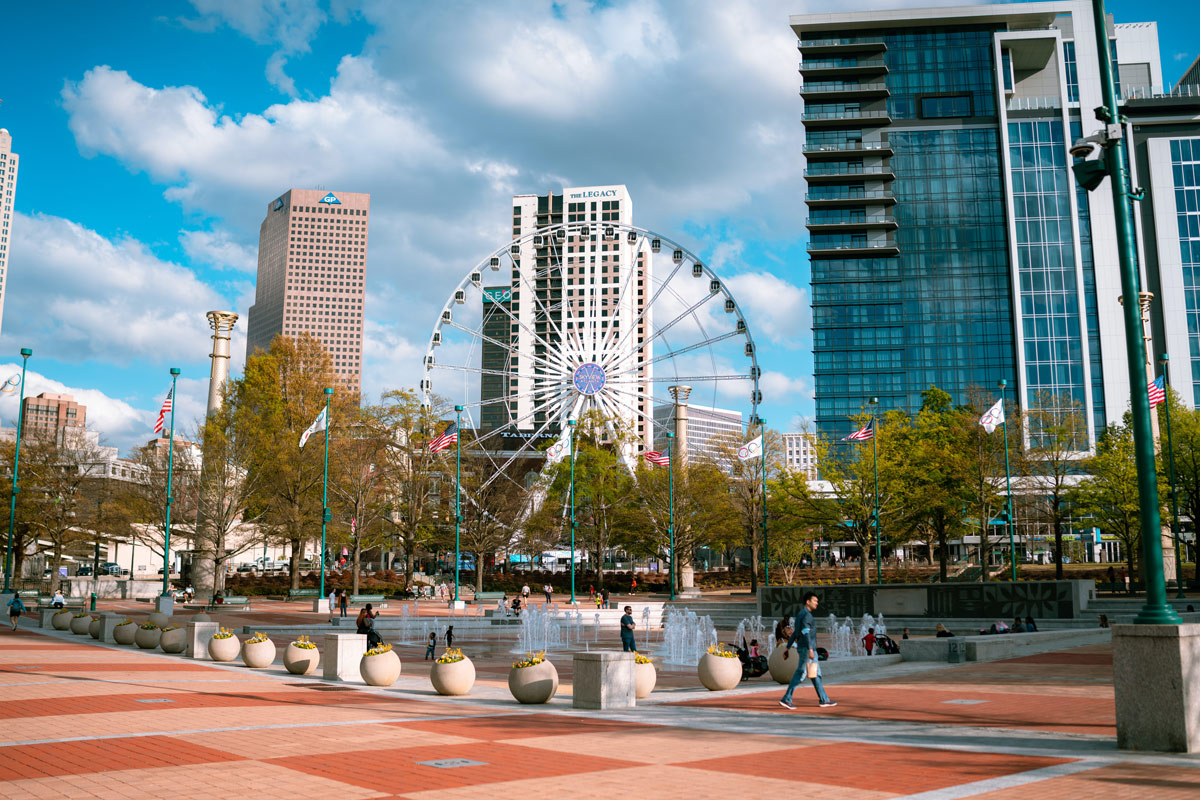
3 Reasons to Consider Retail Development in Atlanta
1. Like DFW, Atlanta is experiencing a rapid population growth, offering retailers a large consumer base supported by a strong economy with multiple industries including finance, tech, and logistics.
2. Atlanta is the home base of several Fortune 500s and is also a cultural and entertainment hub, providing a rich and diverse local and visiting customer base for retailers to attract.
3. Atlanta has invested in significant real estate development, including the construction of new shopping centers, mixed-use developments, and revitalized neighborhoods, including Centennial Yards and Medley.
“With the growth of jobs in the city, Atlanta and its 21-county surrounding region has seen a population boom, with more growth on the way. As of April 2023, the surrounding metro has an estimated population of 6.1 million people, and the Atlanta Regional Commission expects this number to grow to 8.6 million by 2050. The current annual household income growth is also outpacing the U.S. average, as well. This extra income growth is to the benefit of retailers.” –REBusiness Online
3 Reasons to Consider Retail Development in Seattle
1. Seattle is consistently rated among the top 10 cities to live in the United States. It boasts an above average median income for its residents with companies like Amazon.com, Boeing Commercial Airplanes, Microsoft Corporation, Starbucks Coffee Company, Costco, Weyerhaeuser, Nordstrom, REI, Alaska Airlines, and The Bill & Melinda Gates Foundation. In the 2022 America’s Best Cities report, Seattle ranked #12, and household income was found to be the sixth highest nationally.
2. Seattle’s transportation infrastructure is impressive. The city has two airports, bus, light rail, and ferries providing extensive public transportation offerings.
3. Seattle start-ups accumulated over $3.2 billion in venture capital in 2020 and have a roster of 25 start-up accelerators and incubators.
While Seattle has seen a slight downturn from the tech industry decline, the city still offers an enormous opportunity for retail, especially for retailers seeking to add small stores in some of the exceptional neighborhood’s Seattle features. In 2022, Nike opened an 8,800-square-foot space in Seattle’s eastside Bellevue neighborhood. Bloomingdale’s is making its entry into Seattle retail with their new small format stores in 2023.
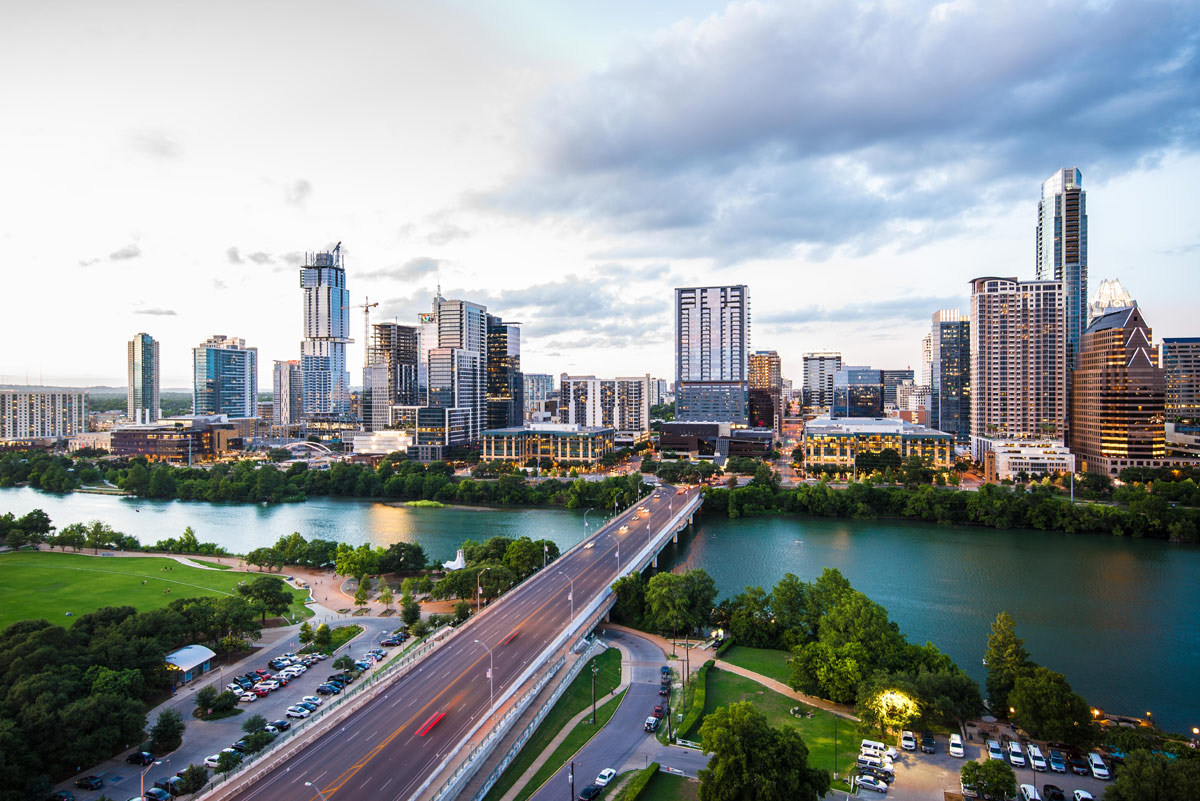
3 Reasons to Consider Retail Development in Austin
1. Austin is one of the fastest-growing regions in the country, attracting high-end talent to the area that makes it ideal for growing retail brands.
2. The Opportunity Austin initiative has helped to create 637,400 jobs that contribute to a diverse economy where talent is abundant.
3. Austin was named the No. 2 best-performing city by the Milken Institute in economic growth and access to opportunities, crediting its strength to its high-tech sector driving rapid job and wage growth.
Retail opportunities abound in Austin. In 2023, the seven-building East Riverside Gateway complex mixed-use development was announced and will provide two million sf of office, retail, and residential space that will emphasize the pedestrian experience. The Domain complex, opened in 2023, includes 20 full-service and fast-casual dining options, 100+ retail stores and around 5,000 residential units in the area.

3 Reasons to Consider Retail Development in Charlotte
1. One of the biggest advantages for retailers in Charlotte is the low taxes. It was named a “Top 10 State for Best Business Tax Climate” by U.S. News and World Report in 2020.
2. Charlotte was named one of the best places to live in the U.S. in 2023-2024 by U.S News & World Report.
3. North Carolina is ranked No. 1 in America’s top states for business with the nation’s strongest economy.
Charlotte has many development and retail opportunities. In 2023, developers announced plans to turn the Mallard Pointe Shopping Center on North Tryon Street into a student gathering place with businesses tailored to the University of North Carolina Charlotte. Food and fitness retail are the fastest growth areas, and while vacancies are nearing record lows, new mixed-use development opportunities continue to evolve.
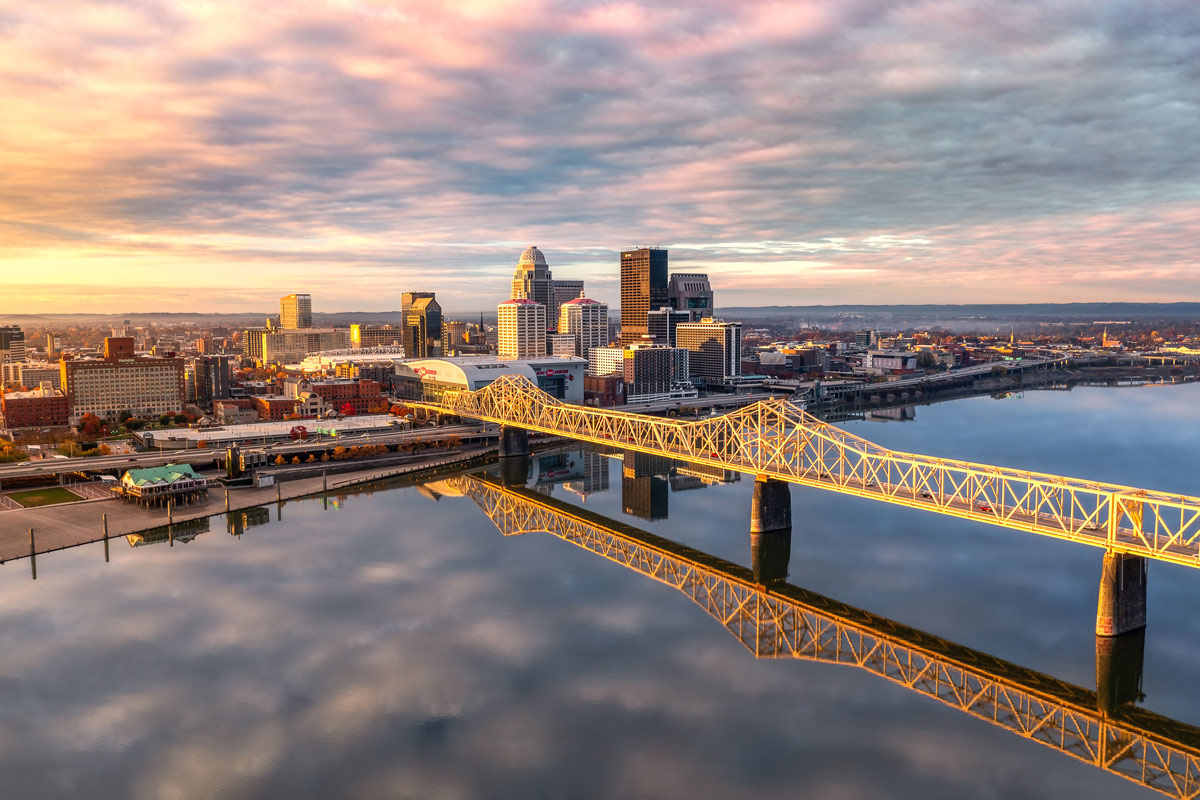
3 Reasons to Consider Retail Development in Louisville
1. Louisville has worked to increase infrastructure, including adding direct flights to LA and Boston as well as 35 other cities.
2. Louisville attracts talent in a variety of industries, including healthcare, high-tech, and manufacturing, building a population of higher-than-average income workers who are ready to shop.
3. Louisville was named a Top 5 U.S. Metro for economic development by Site Selection Magazine.
The opportunities in Louisville are limitless, with both downtown and the suburbs seeing a huge spurt of new development. Oxmoor Center has become a tourist attraction with retailers vying for the location. Nike recently opened a store there. Shelby Park is also seeing a rise in development, and Wawa recently announced plans to open in the east end.
Location as Retail Strategy
Meeting customers where they are and where they want to be is smart retail strategy. And that means opportunity for retailers—both big brands and mom and pop retailers—who can’t afford big-city lease prices and large-format shopping environments. These emerging markets represent some of the hottest areas in the country for retailers, whether a brand is launching a flagship store or wants to engage customers close to home with a small footprint neighborhood shop.



